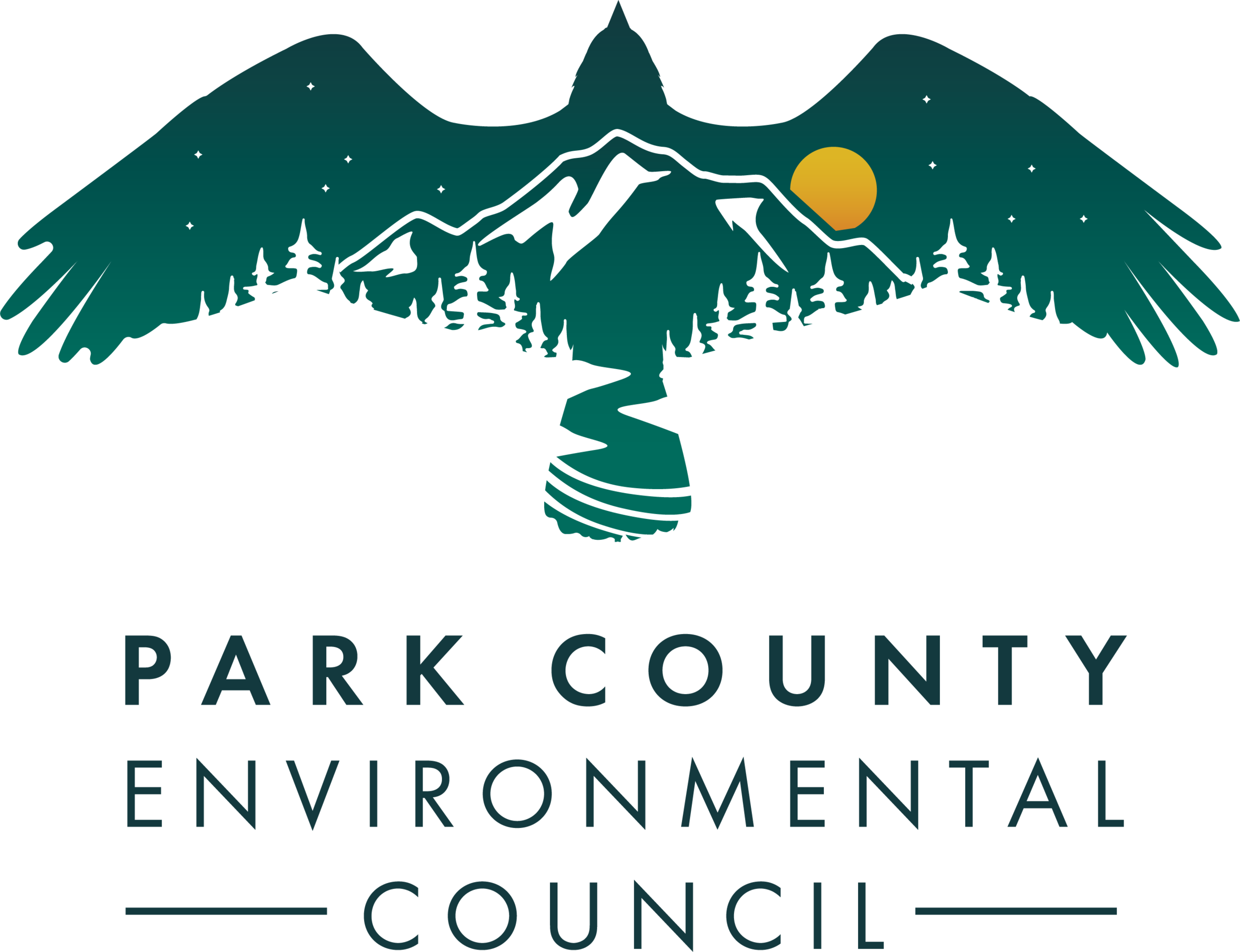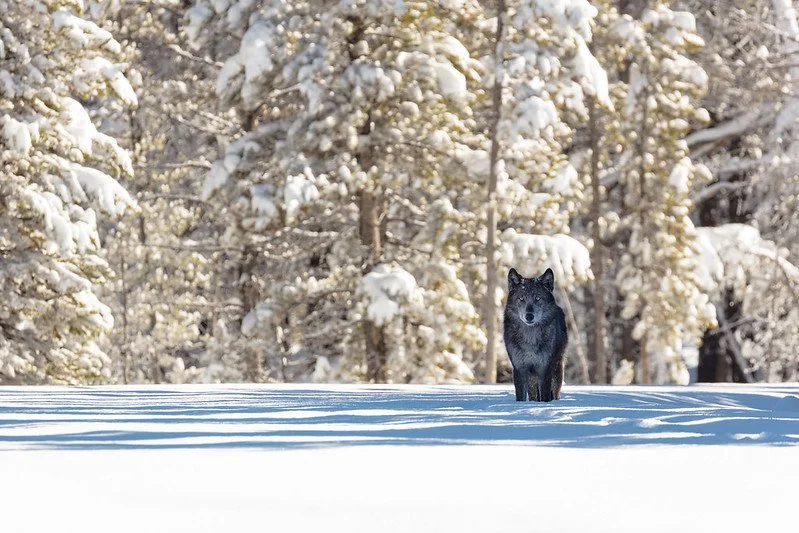Wolf Quotas in Region 3: Progress, Setbacks, and the Work Ahead
Wolf near Artist Paint Pots-NPS
A big thank you to everyone who reached out to the Montana Fish and Wildlife Commission prior to their August 21st meeting on the 2025–2026 wolf hunting and trapping season. Your voices made a difference.
Because of strong public engagement, Region 3 Commissioner Susan Kirby Brooke fought to maintain the status quo in Region 3. While she was unable to secure enough votes to keep the quota at 52 wolves, Region 3 was spared from being swept into a new statewide quota of 452 wolves. Instead, our region will retain its own stand-alone quota of 60 wolves. Importantly, Wolf Management Units (WMUs) 313 and 316—adjacent to Yellowstone National Park—remain capped at 3 wolves each.
Had Region 3 been folded into a single statewide quota, the results could have been devastating for wolves in Montana and the Greater Yellowstone Ecosystem.
Why This Matters
This outcome underscores a central truth: a one-size-fits-all approach to wildlife management does not work. Montana’s landscapes, wildlife populations, and local economies are too diverse for blanket policies. Regional quotas give managers the ability to tailor decisions to the science, the ecology, and the communities most directly affected.
At PCEC, we have spent the past several years advocating for a more balanced approach to wolf management—both during the legislative session and with the Fish and Wildlife Commission. While Region 3’s stand-alone quota is a partial victory, raising the limit still poses risks to wolf populations and the communities that depend on wildlife tourism.
Our Role
PCEC attended the August 21st meeting and provided comments on behalf of our members, emphasizing the importance of region-specific management. We also continue to work alongside partners like the Wild Livelihoods Business Coalition, who bring a critical economic voice to the conversation about wolves and wildlife in the GYE.
What’s Next
This decision reminds us that our work is far from over. Wolves in Montana—and the Greater Yellowstone Ecosystem—remain at risk from policies that prioritize high quotas and expanded hunting methods over science-based, regionally tailored management.
With your continued support, PCEC will keep pressing for:
Regional quotas that reflect science and local input
Protections for wildlife-dependent economies in Yellowstone’s gateway communities
A balanced approach to wolf management that considers ecological health, community values, and long-term sustainability
You can read more coverage of the Commission’s decision and perspectives from PCEC and our partners here:

